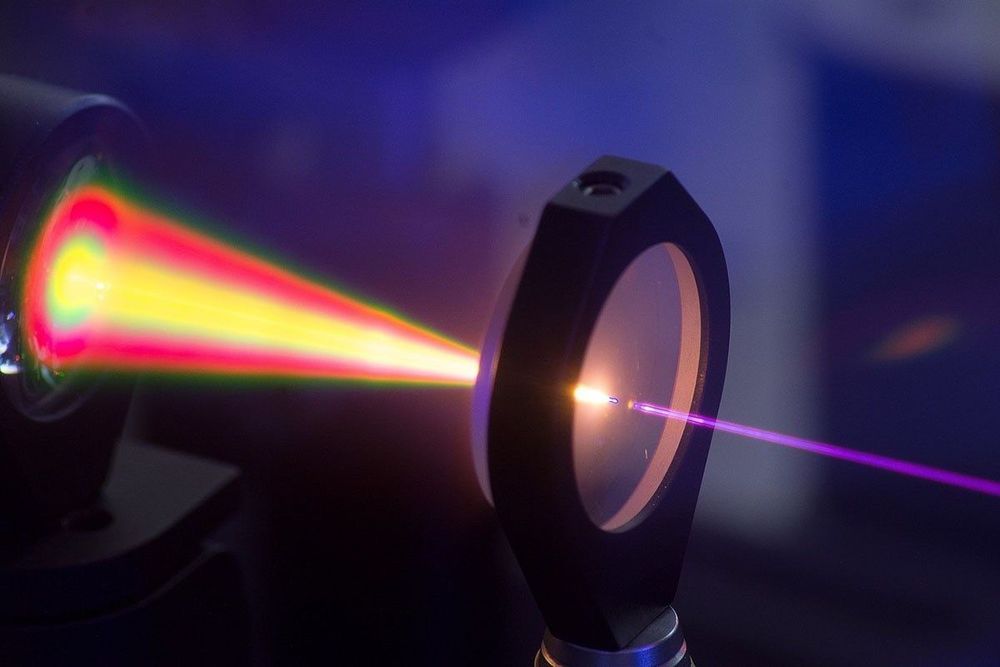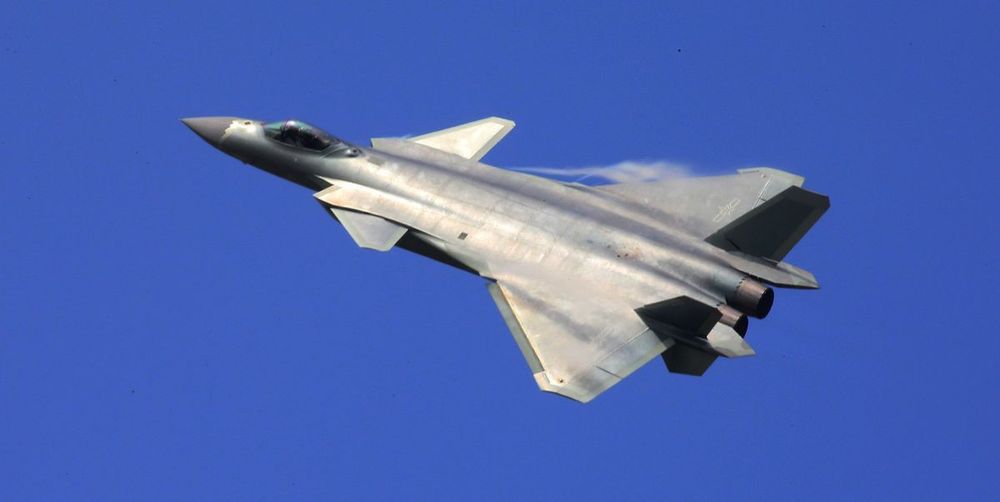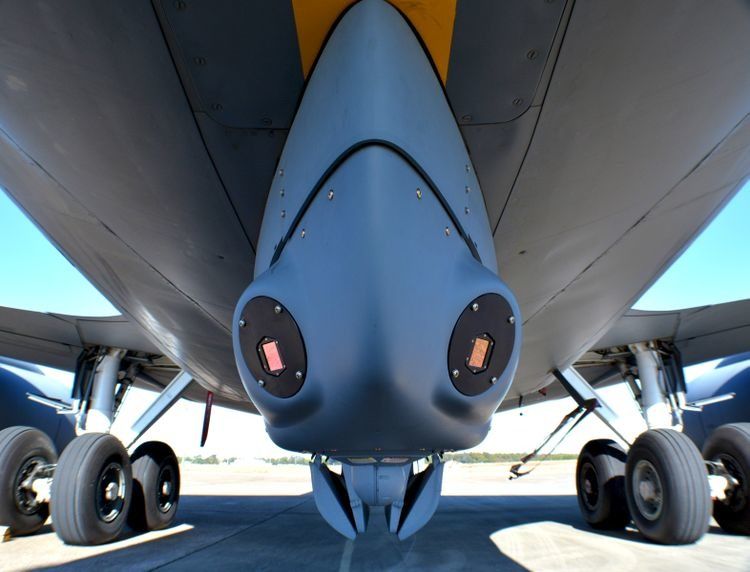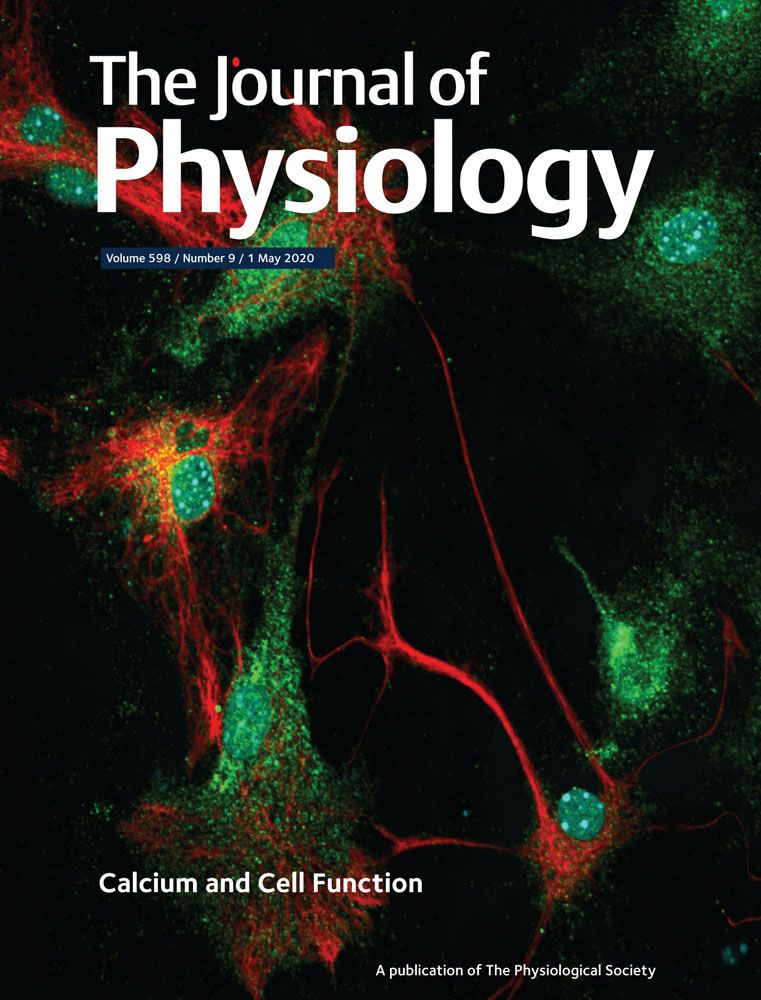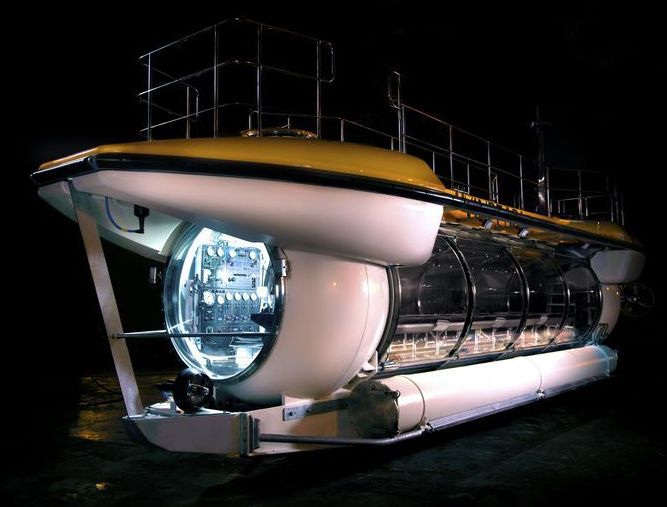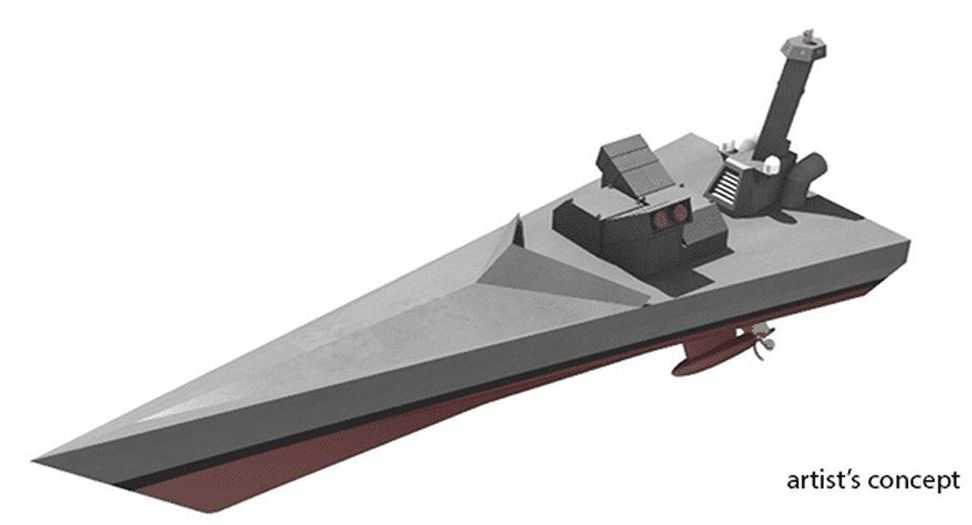Circa 2020
The present age of information technology – the transformation of daily life by laptop computers, smartphones, so-called artificial intelligence, etc – became possible thanks to the exponential increase in the processing power of microcircuits, which began in the 1970s and continues today.
This process is described empirically by the famous Moore’s law: the number of transistor elements that can be packed into an integrated circuit chip doubles about every two years.
Few people are aware, however, that a analogous process has been taking place in laser technology. The intensities of the light pulses which lasers can deliver has been increasing exponentially since the first laser was built in 1960.
